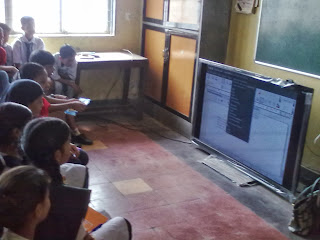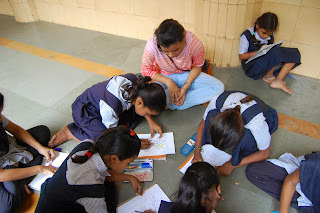“Next to creating a
life, the finest thing a man can do is save one.”- Abraham Lincoln
If
there’s one person we all have had to visit at least once in our lives, it has
to be a doctor. A doctor is has the tremendous responsibility to serve his or
her fellowmen.
The
National Doctors’ day is celebrated on 1st July every year across
India in honor of the legendary physician Dr. Bidhan Chandra Roy. The main
purpose to celebrate this day is to ‘show the importance of doctors and
physicians in our lives and how their treatments are used to cure us. The
celebrations are indicative of the respect that they command in the lives of
their patients and this obligate them to fulfill their responsibilities as
well. Doctors have dedicated all their lives to innovation, sacrifice and high
quality service which is worthy of our recognition and gratitude every day.
India
is a country of 1.2 billion people who depend of the efficiency of physicians
to large extent at all times. Out of these 1.2 billion people many are from the
rural and isolated areas of the country. There are thousands of doctors
stepping out of their comfort zones and committing to help people in these
rural areas free of cost. They are definitely, true heroes of this country.
We
are at the hands of doctors every single day; they take decisions that can
completely alter the way we live. Therefore, we must be grateful to them and
must acknowledge the great service they provide to mankind. For the page that wakes them up at 3 a.m.; for
their sacrifices, personal and professional. If there is one thing we
can do, it should be to just call our own doctors on this day and just thank
them for everything they have done for us until now, make them feel appreciated
and special.
For their expert
advice and compassionate care. I dedicate this entire post to all the great
doctors of this nation. I salute each and every individual who is currently a doctor or is in the
process of becoming a doctor and taking up this huge challenge for society.
These are the pearls of tomorrow, they will make this nation proud and they
will shine bright.
Thank
you.















